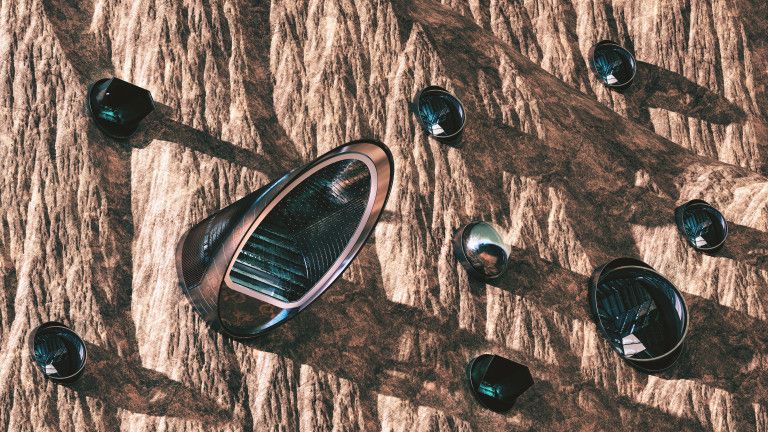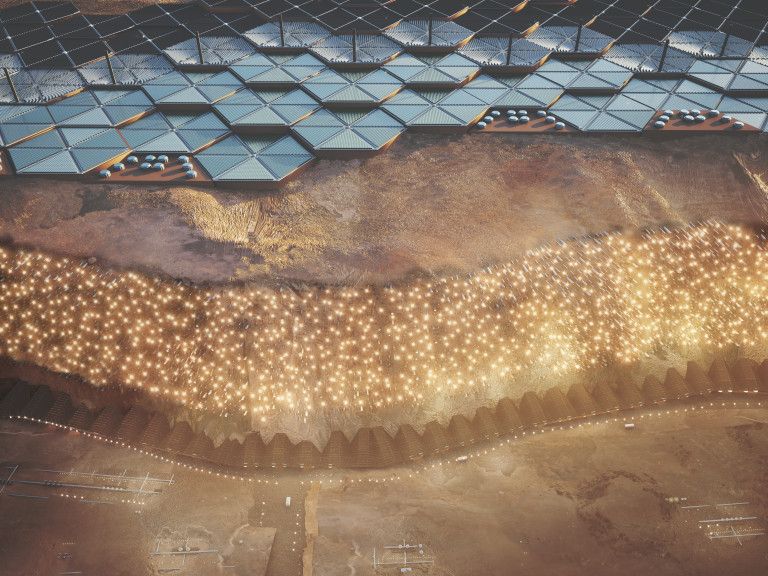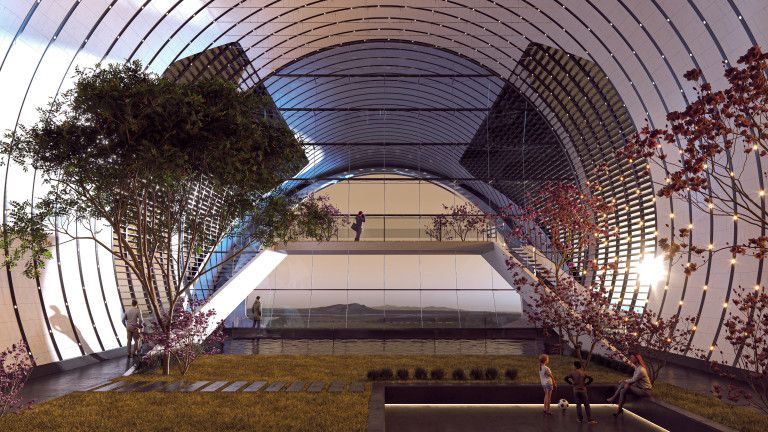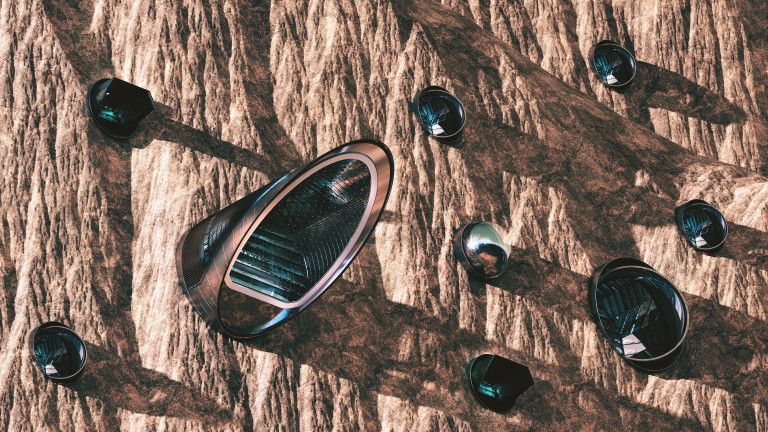According to Alfredo Munoz, founder of ABIBOO Studio, the company that designed the colony, not only will Nüwa be a beautiful sight and an attractive design concept, but it will also be a colony that provides real, livable conditions.
Designing a colony that gives home to one million people is a significant challenge: there are very different aspects and challenges to consider when designing a city of this size than when it comes to ensuring the survival of only a few people. Previously, everyone had a different concept of the future of Mars, which adds to why it was such big a challenge to design Nüwa.

Alfredo Munoz says that exciting and beautiful spaces will await the first Martian settlers: the fact that the city was designed by scientists is a guarantee that it will actually work and will not remain forever as a mere conceptual design only.

Technology and science meet innovative architectural solutions in Nüwa’s plans, in the design of which Munoz and his team strived to create spaces where future settlers would feel as if they belonged there. The emotional well-being of the residents of Nüwa was one of the fundamental considerations during their work. As his main inspiration, instead of sci-fis, the architect highlights Toyo Ito, a Pritzker Prize-winning architect.

There are still a number of obstacles to be overcome before Nüwa can be built: the materials will have to be sourced from Mars somehow, and astronauts will have to explore the terrain that could be used to build the colony. The field of robotics also has a lot to improve, and the transportation of the first 250,000 residents to Mars in a small timeframe will be a challenge of its own as well.

The name of the colony comes from a Chinese goddess: Nüwa protected the people she created from all evil, and that’s surely a good omen for a Martian settlement.
Source: space.com

Exploring the world of flavors | Viblance

A century of theater | Zelená Lúka










